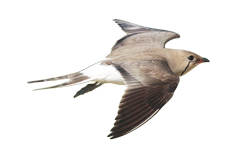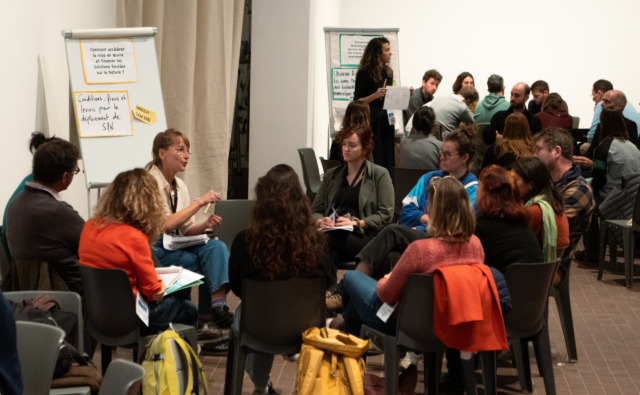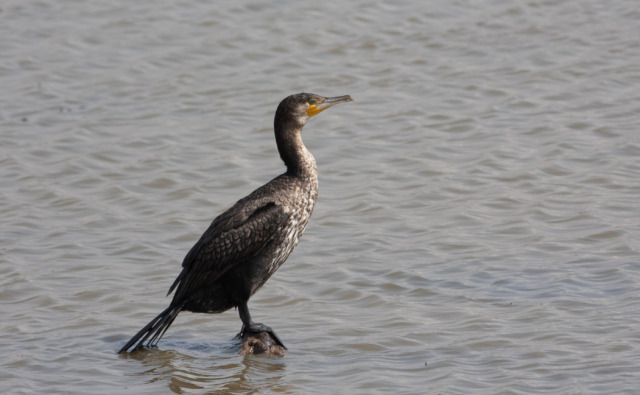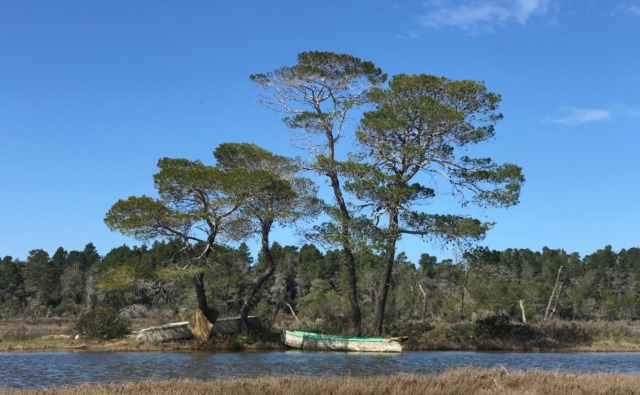Assessment of the effectiveness of artificial nest boxes for the European Roller
Objectives
This project is being carried out within the framework of a doctoral thesis, whose aim is to assess the relevance of a certain number of artificial shelters for vertebrate conservation, particularly nest boxes, which are very common in these contexts. To accomplish this goal, this thesis aims to:
- assess the extent to which these shelters can have negative impacts on the species concerned, in particular by comparing them to their natural equivalents;
- identify the mechanisms involved in the creation of these possible impacts, in order to make recommendations for good practices for the use of these shelters.
The principal study model used for this project is the European Roller (Coracias garrulus) and artificial nest boxes.
Actions and methodology
We are first trying to assess the extent to which artificial nest boxes can have harmful effects by comparing them to their natural equivalents. This action first requires the monitoring of the breeding of these birds at different types of sites. It allows us to determine, on the one hand, the colonisation and abandonment dynamics of the European Roller; and on the other, the impact of these facilities on the survival and breeding of the individuals that use them. The populations monitored are in Lower Provence (Baux valley and Alpilles foothills), the Roussillon plain, and along the Canal du Midi.
To identify the mechanisms involved in the creation of these impacts, we focus on factors of human origin, such as how detectable the nest boxes are, their spatial position with respect to feeding habitats, and the physical and structural characteristics and microclimate in the nests. We are also studying the rollers’ strategies for avoiding ecological traps, and are conducting a study of a completely new kind on the impact of nest type on the rollers’ microbiota.
Results
Our first season of fieldwork enabled us to highlight some important and significant microclimatic differences between natural and artificial nests. In addition, our monitoring operations allowed us to observe that natural nests are occupied earlier in the season than artificial ones, which may indicate a preference of Rollers for natural holes or a perceived advantage. However, no significant differences were observed in terms of breeding success for the two types of nests.
Team
- Project leader: Timothée Schwartz
- Staff involved: Arnaud Béchet
- Date of project: 2017 – 2020



